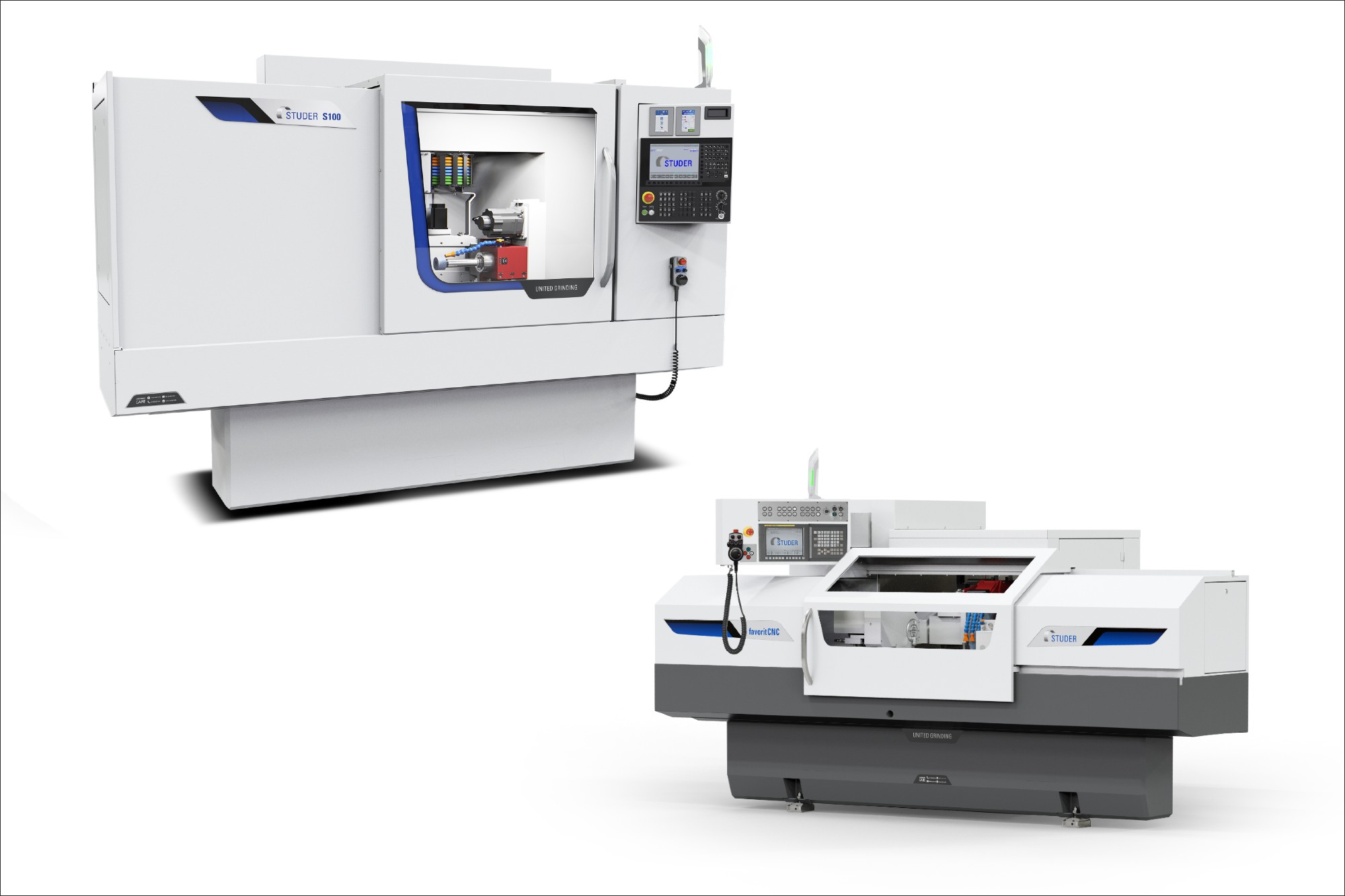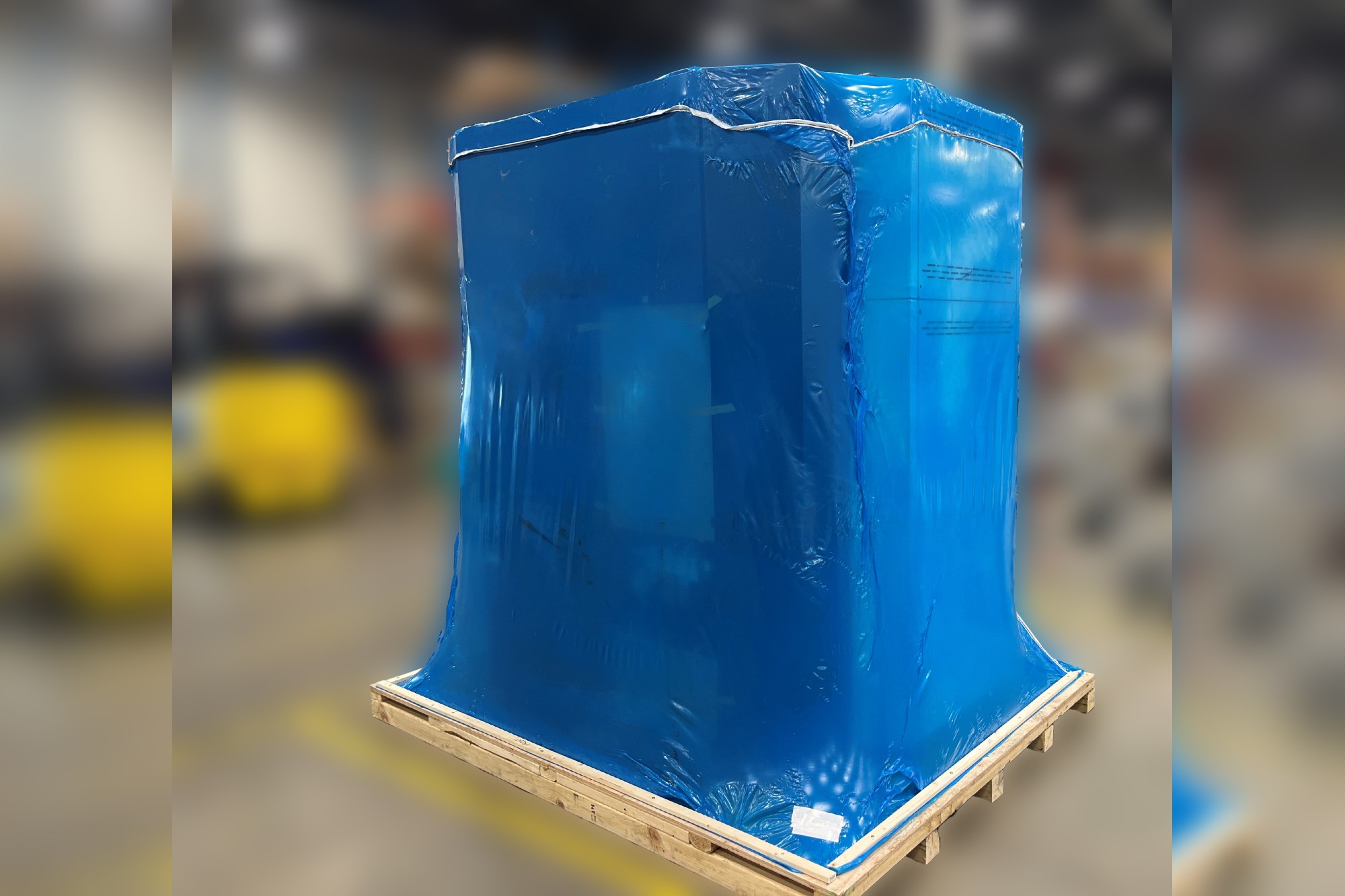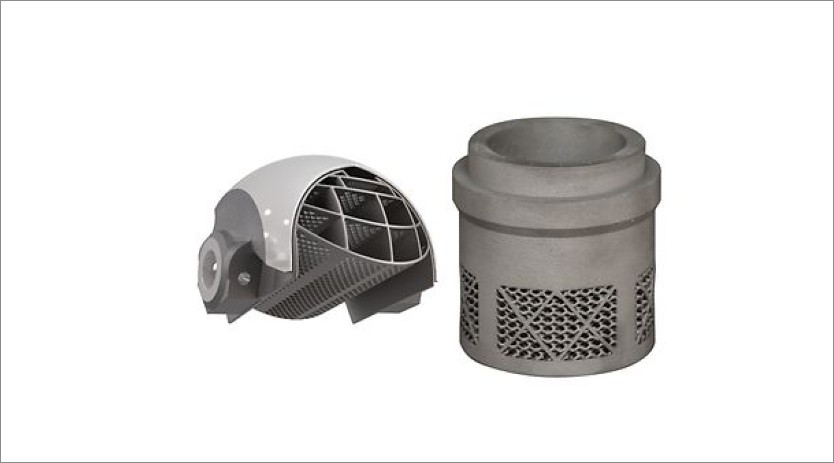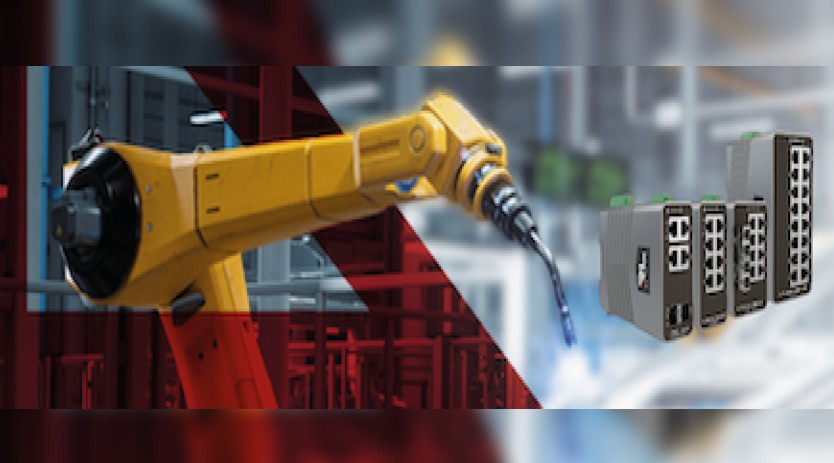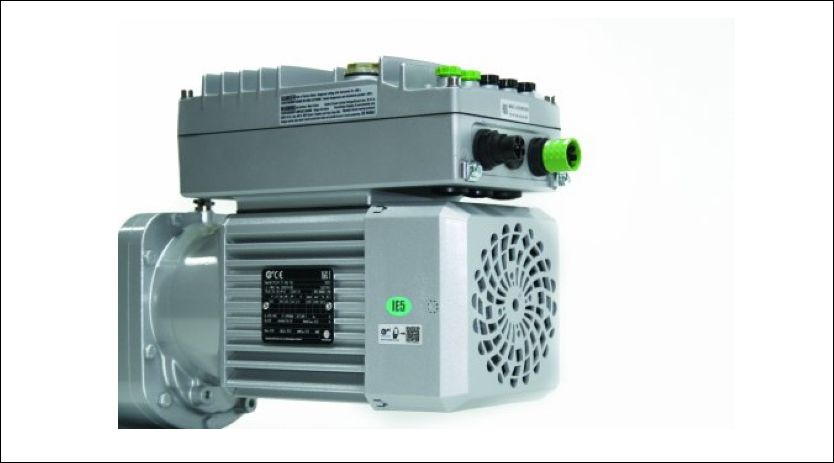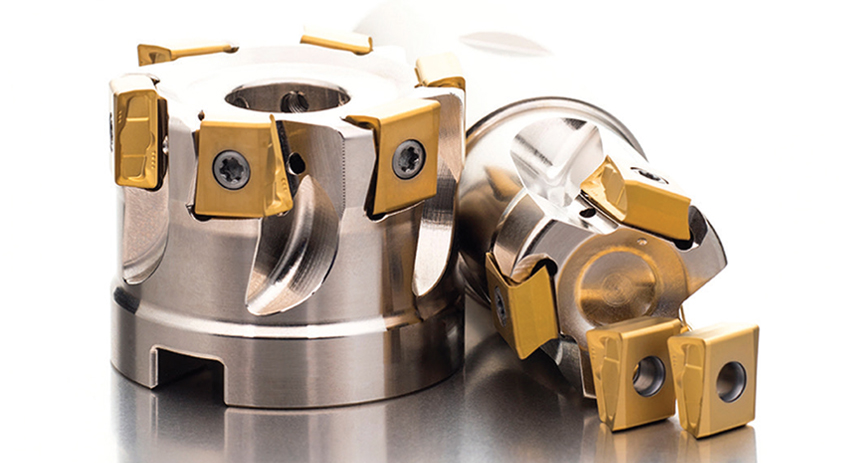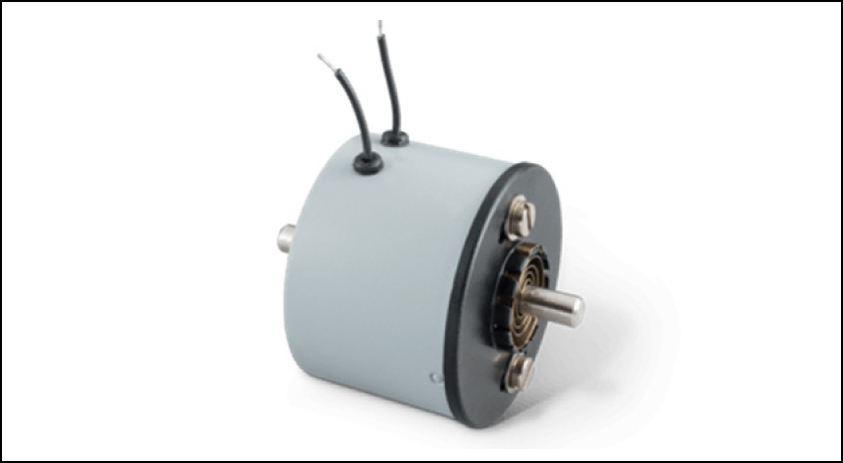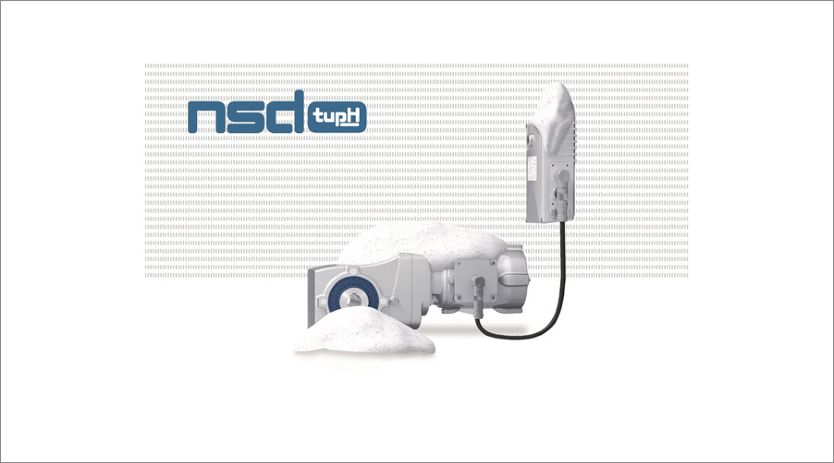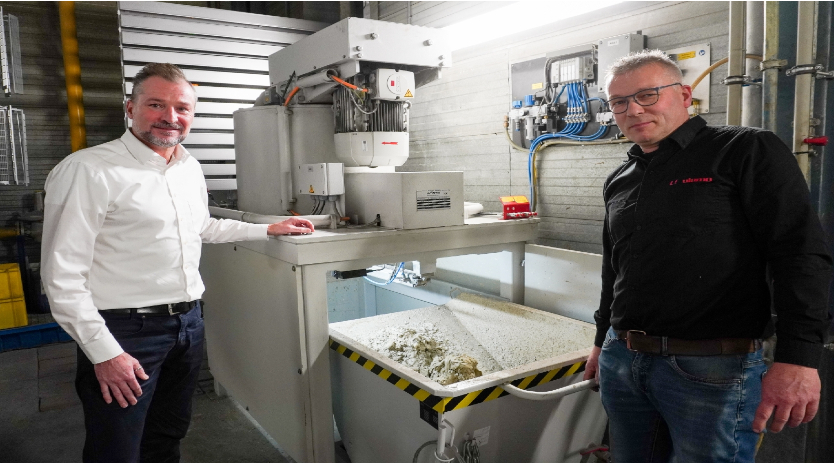Bumpy roads for TYRE MAKERS
By admin August 19, 2011 5:01 am IST
Production cost for the tyre manufacturers has increased significantly over the last couple of years. On the other hand, many global brands are venturing into Indian market and creating stiff competition for the local brands. Pankaj Lavania, general manager of Mumbai Plant at CEAT Ltd. highlights the challenges and opportunities within the tyre sector
Manufacturing Industry is the most diversified, organised and strongest segment in the world among various sectors. This sector is the back bone of all the sectors and has shown steady growth historically.
According to Confederation of Indian Industry (CII) – ASCON survey, 41 out of 121 sectors in the manufacturing industry in India are estimated to grow at 20 per cent or more in 2010-11; the top performers being tyres, air conditioners, tractors, fertilisers, construction equipment etc. The overall industrial output registered a robust growth of 8.6 per cent year-on-year in April‑December 2010-11.
The country ranked second in terms of manufacturing competence, according to report ‘2010 Global Manufacturing Competitiveness Index’, by Deloitte Touche Tohmatsu and the US Council on Competitiveness. The report states that the country’s talent pool of scientists, researchers, and engineers, together with its English-speaking workforce and democratic regime make it an attractive destination for manufacturers.
In view of fast growth of Infrastructure in the region, there has been huge potential for the transport and automobile sector and especially for tyre sector. Transportation industry and tyre industry go hand in hand as the two are interdependent. Transportation industry has experienced 10 per cent growth rate year after year. The Indian tyre industry produces the complete range of tyres required by Indian automotive industry and has substantial share in the export also. The major players in Indian tyre industry are MRF, CEAT, JK, Apollo, Bridgestone, Good Year, and Birla.
Like other manufacturing sectors, tyre sector has its own challenges. The major challenges are:High dependence on commoditised raw materialsTyre Industry is highly capital intensive and at the same time it is raw material intensive. On an average raw material constitutes nearly two thirds of the cost of the finished goods. The main raw material natural rubber is a seasonal product. Other major raw materials are nylon tyre cord, synthetic rubber, carbon black and many other chemicals. Any change in the raw material price affects the profitability of the tyre industry. Hence the major challenge is to guard the profitability loss because of volatility in the raw material prices. The possibilities lie in development of substitutes through sustainable R&D efforts, global sourcing instead of depending on local suppliers only, new product development and development of long term relationship with suppliers.
Global competitionIndian market has opened up. Global tyre majors with heavy R&D spends and good branding are entering Indian market in a big way. This has posed challenge of competitiveness with the brand and global image. Coupled with this and infrastructural development in the region, there is need for technological up gradation of the manufacturing facilities. We have to move from heavy load low speed to low load to high speed application tyres.
Cookie Consent
We use cookies to personalize your experience. By continuing to visit this website you agree to our Terms & Conditions, Privacy Policy and Cookie Policy.




